Located on the poetic Hoai River, Hoi An Ancient Town is like a precious gem in the heart of Quang Nam, preserving its ancient and peaceful beauty for centuries. Recognized by UNESCO as a World Cultural Heritage on December 4, 1999, Hoi An is not only a living museum of architecture and urban lifestyle but also a symbol of the unique East-West cultural exchange.
Established and developed since the 16th century, Hoi An was once one of the busiest international trading ports in the region. Since the 16th century, merchants from China, Japan, the Netherlands, India and Spain have come here to trade goods. Therefore, the architectural works and cultural values of Hoi An ancient town are a convergence of many Eastern and Western cultures. That mark is still boldly imprinted on each yin-yang tiled roof, each small street or the Chinese assembly halls with sophisticated architecture.
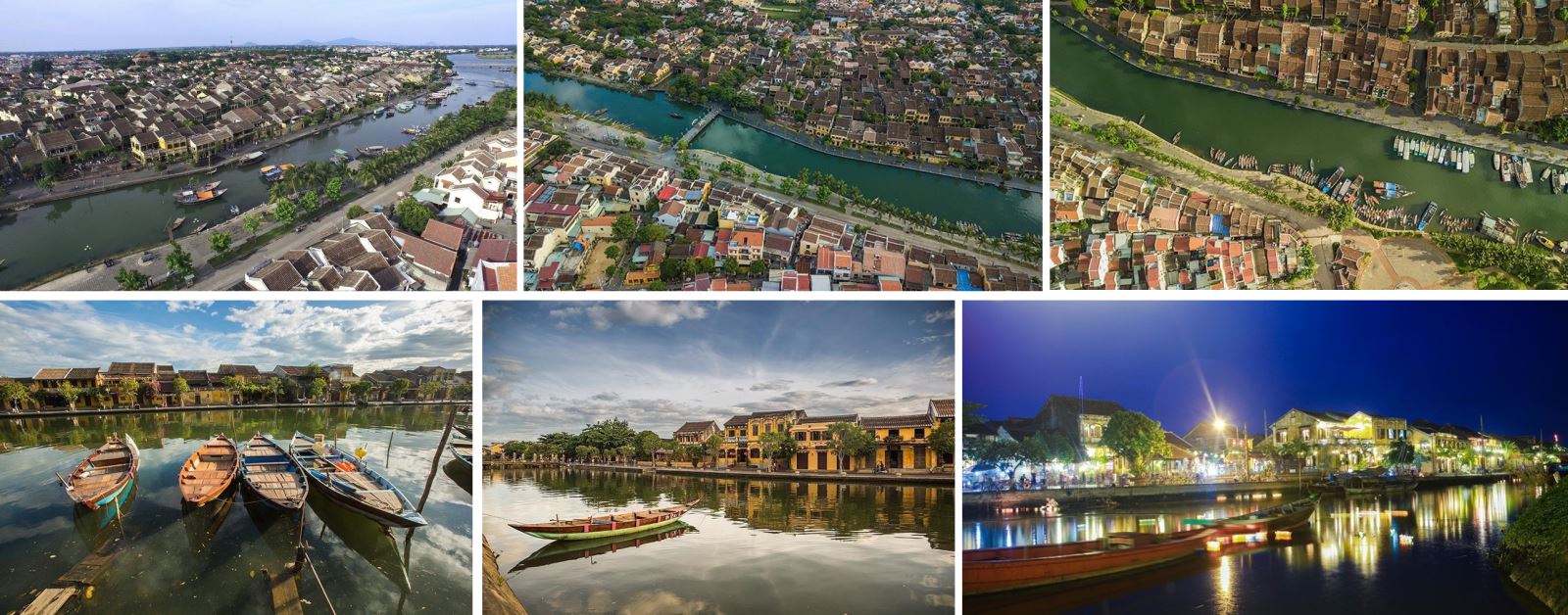
According to Mr. Pham Phu Ngoc, Director of the Hoi An Cultural Heritage Management and Conservation Center (Quang Nam), Hoi An city has more than 1,400 classified relics, including 27 national relics, 49 provincial relics and more than 1,330 relics in the city's protection list. The old town alone has 1,130 relics, including 9 single relics ranked at the national level and 8 provincial relics. The architectural and artistic relics belong to civil works (houses, bridges, wells, markets), religious works (communal houses, pagodas, mausoleums, shrines, assembly halls, clan houses) and special works (tomb). Each type of architecture has its own characteristics and nuances, but it is a harmonious combination of space, layout and the skillful interweaving of Vietnamese - Chinese - Japanese - Western architectural styles, contributing to increasing the richness and cultural diversity of Hoi An Ancient Town.
In contrast to the rapid modernization of many other cities, Hoi An makes a deep impression with its moss-roofed houses, ancient yellow walls and colorful lanterns. Stepping into this beautiful old town, one can deeply feel the diverse, artistic and ancient blend of rows of houses closely packed with architectural features of different cultures.
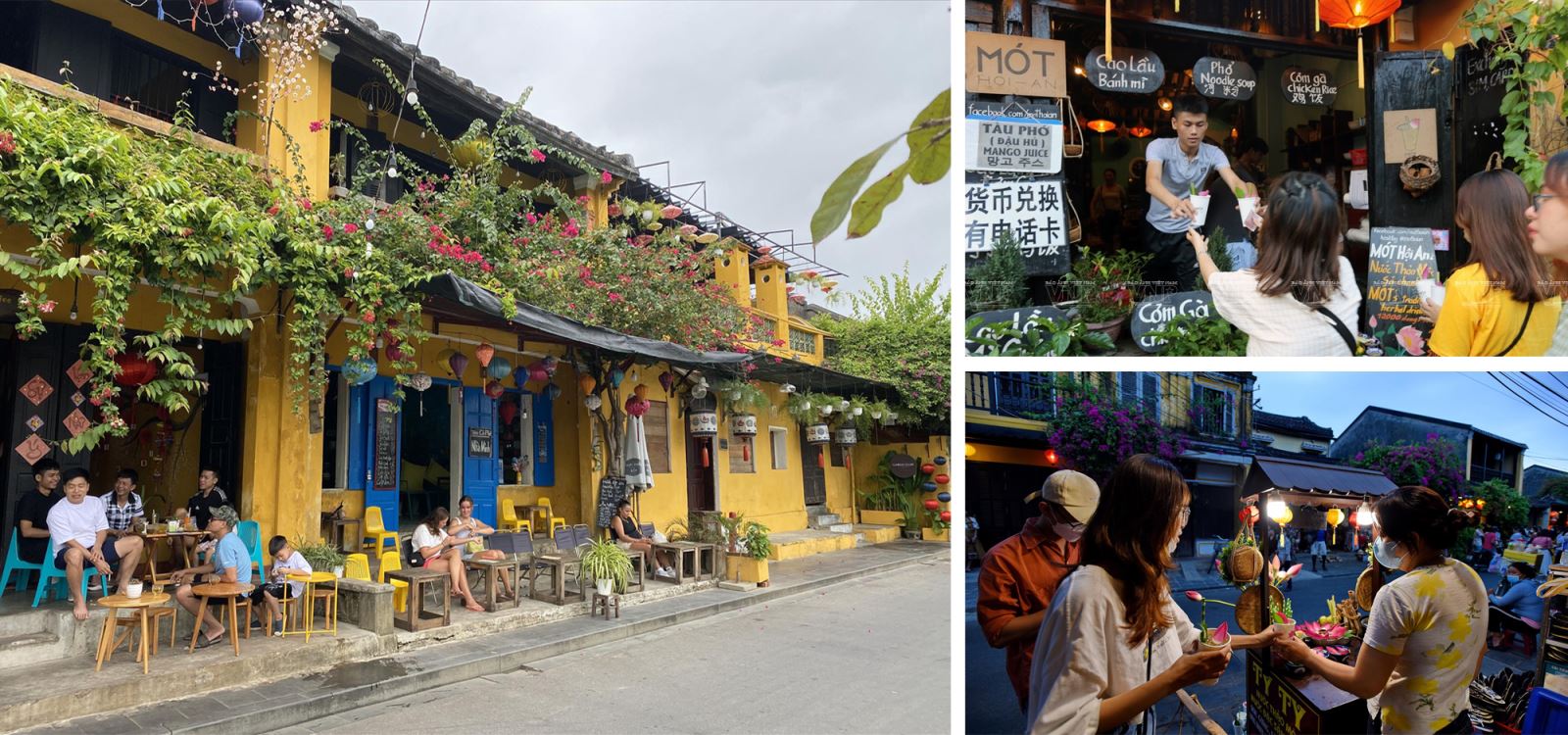
Hoi An is not only a living museum preserving ancient architectural values but also a vibrant cultural space. Customs, beliefs and folk arts such as Bai Choi singing and Ho Khoan singing on the Hoai River are still preserved, adding to the unique cultural beauty of Hoi An. Wandering on the small streets, you can easily come across street vendors selling Cao Lau, Quang noodles, chicken rice - specialties imbued with the soul of Quang Nam. In addition, handicraft shops selling products from traditional craft villages such as Kim Bong carpentry, Tra Que vegetables or Thanh Ha ceramics also remind us of a Hoi An that used to be a bustling trading port, both ancient and vibrant.
When night falls, Hoi An is lit up with the magical beauty of thousands of colorful lanterns. In particular, on the 14th day of the lunar month every month, the lantern festival turns Hoi An into a splendid, colorful picture. An experience not to be missed when coming to Hoi An is releasing flower lanterns on the poetic Hoai River. Small boats glide gently carrying the gentle light from the flower lanterns, bringing hopes and wishes along the water. For the people here, releasing lanterns is not only a beautiful ritual but also a way to dispel worries, find a sense of peace and happiness.
With its own unique values, Hoi An Ancient Town was ranked as a national historical-cultural relic by the Ministry of Culture in 1985, a special national relic by the Prime Minister in 2009 and was recognized by UNESCO as a World Cultural Heritage in 1999.
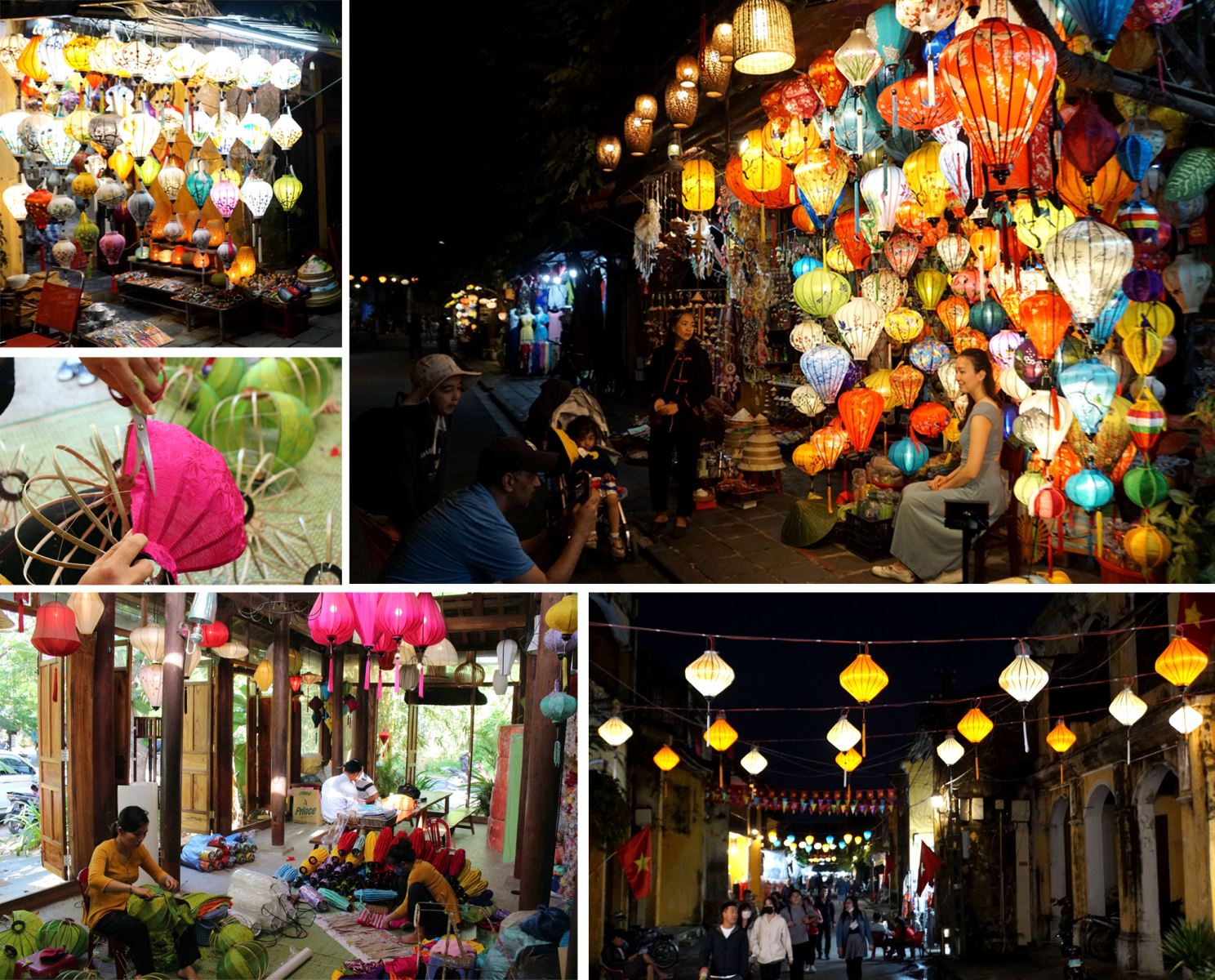
Over the years, Hoi An has continuously affirmed its position in the hearts of domestic and international tourists. The number of tourists, especially international visitors to Hoi An, has grown strongly over the years, demonstrating the irresistible attraction of this heritage. In 2019 (before the COVID-19 pandemic), Hoi An welcomed 5.35 million tourists. After 3 years of being affected by the COVID-19 pandemic, the number of visitors to Hoi An has gradually recovered and reached 4 million in 2023.
Hoi An has also continuously won prestigious titles such as "Asia's Leading Cultural City Destination" (World Travel Awards), "World's Best Tourist City" (Travel + Leisure)... At the World's Best Awards 2024, Hoi An ranked 4th in the list of 25 most favorite cities in the world and 3rd in the list of 25 most favorite cities in Asia...

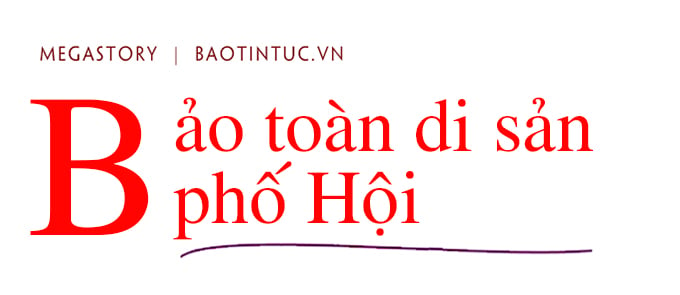
Since being recognized as a World Heritage Site, many large-scale conservation programs have been implemented in Hoi An Ancient Town. Currently, the world cultural heritage of Hoi An Ancient Town is strictly managed in accordance with the provisions of law, with the participation and coordination of the Central Government, Quang Nam Province and Hoi An City.
Monument restoration is always a top priority in the conservation strategy. According to statistics, from 2008 to now, more than 400 monuments have been restored with a budget exceeding 150 billion VND, including capital from the state budget and contributions from the community. The project "Emergency restoration of monuments at risk of collapse" alone has saved hundreds of ancient houses, helping to preserve the appearance of Hoi An for many generations.
Important physical relics such as the Japanese Covered Bridge, Tan Ky ancient house and Chinese assembly halls are all restored, managed and protected closely, in line with long-term plans to ensure their integrity and historical value. The government also applies digital technology in creating management records and digitizing relic data to improve monitoring and conservation efficiency.
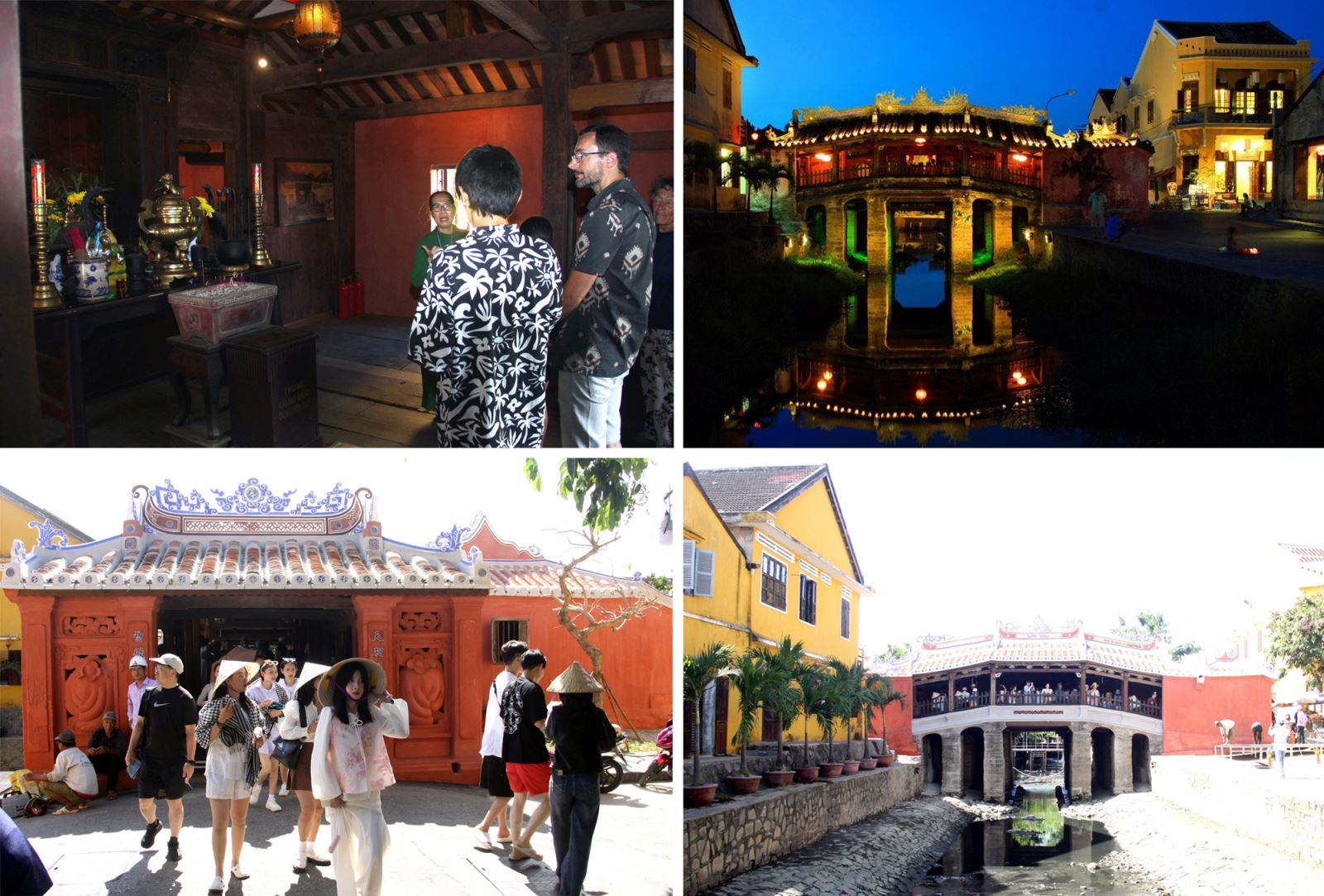
In addition to tangible relics, intangible cultural values are also focused on preservation. Traditional festivals such as lantern festivals and Bai Choi singing are held regularly, becoming typical features of this land. Customs and folk arts are still preserved by the people through each generation, bringing vitality to the heritage. Traditional craft villages such as Kim Bong carpentry, Thanh Ha pottery and Tra Que vegetables are not only restored but also become cultural tourism destinations, creating livelihoods for local people.
The local community plays a central role in preserving Hoi An. It is the people who have made heritage an integral part of their daily lives, from maintaining ancient houses to developing green tourism. Programs such as “Old Town Night”, “Walking Street” and night market have become highlights, both attracting tourists and promoting culture.
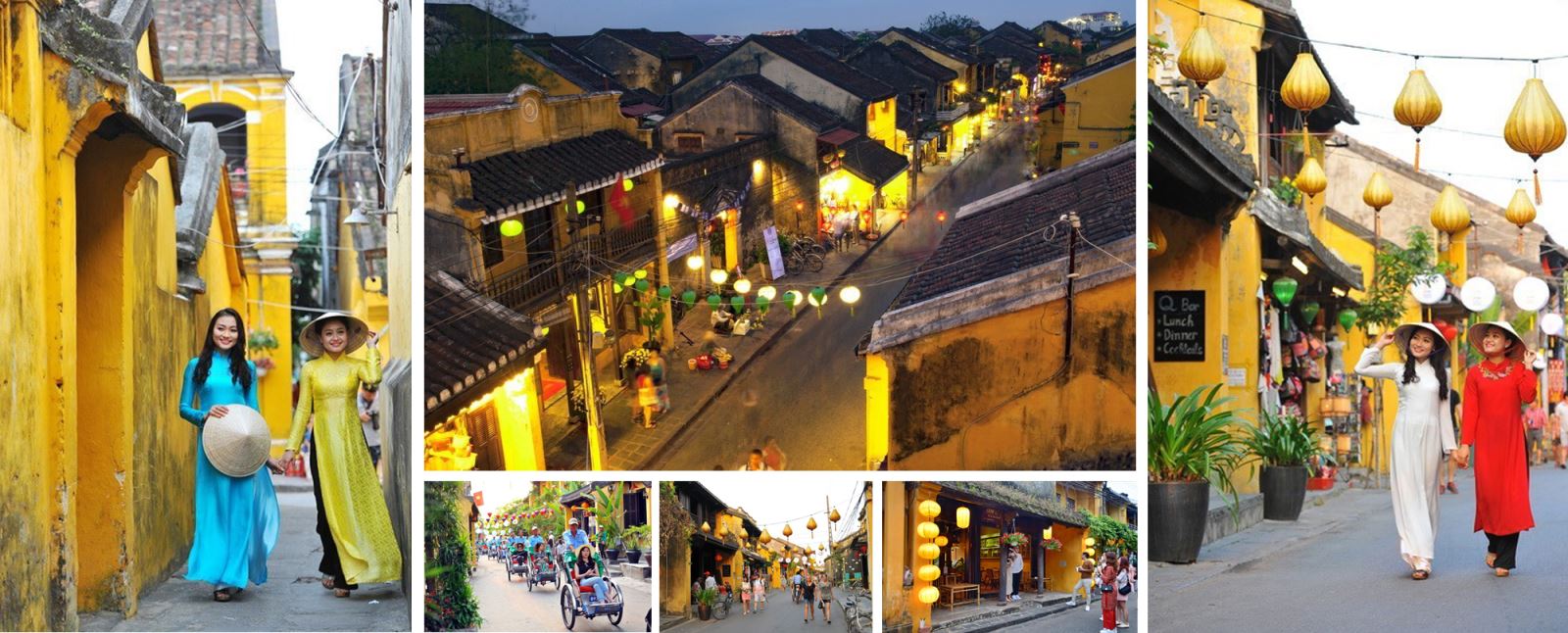
Hoi An is moving towards a sustainable tourism development model. The city has implemented initiatives such as using electric vehicles in the old town, reducing plastic waste and encouraging tourists to participate in environmental protection activities. The Vietnamese government and international organizations have also implemented many support projects such as building a conservation fund, organizing scientific seminars and training programs to raise awareness, etc.
However, Hoi An still faces the pressures of population, density and composition, and the rapid and uncontrollable increase in urban tourists, especially in the old town, and the negative impacts of urbanization and service and tourism development have seriously affected the integrity and authenticity of cultural heritage...
In that context, in March 2024, the People's Committee of Quang Nam province developed and submitted to the Government for promulgation the "Project to preserve and promote the value of the World Cultural Heritage of Hoi An Ancient Town until 2030, with a vision to 2035".
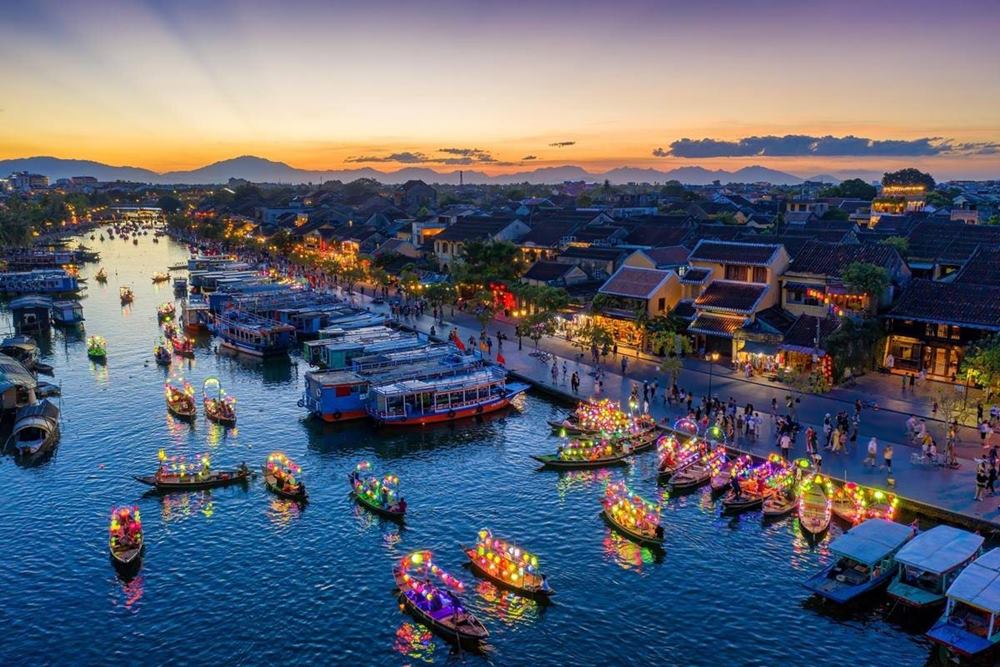
The project emphasizes the principle of preserving the authenticity and integrity of the heritage, while simultaneously addressing the relationship between conservation and development in a harmonious manner. The goal is to build Hoi An into an ecological - cultural - tourist city, both preserving its identity and effectively exploiting the economic potential of the heritage.
In particular, the plan focuses on protecting not only the old town but also traditional craft villages, the Thu Bon riverside area and the Cu Lao Cham World Biosphere Reserve. These natural and cultural elements are considered a buffer zone, helping Hoi An develop sustainably.
The specific goal by 2030 is to complete 100% of the restoration of degraded relics, and to establish complete scientific records for all tangible and intangible cultural heritage. By 2035, Hoi An will expand its heritage protection area, ensuring the integrity and outstanding global value of the ancient town.
The city also has ambitions to become the leading cultural and ecological tourism center in the region, integrating digital technology into tourism management and experiences. In particular, Hoi An will continue to promote international cooperation in heritage research and conservation, expanding opportunities to promote its image to friends around the world.
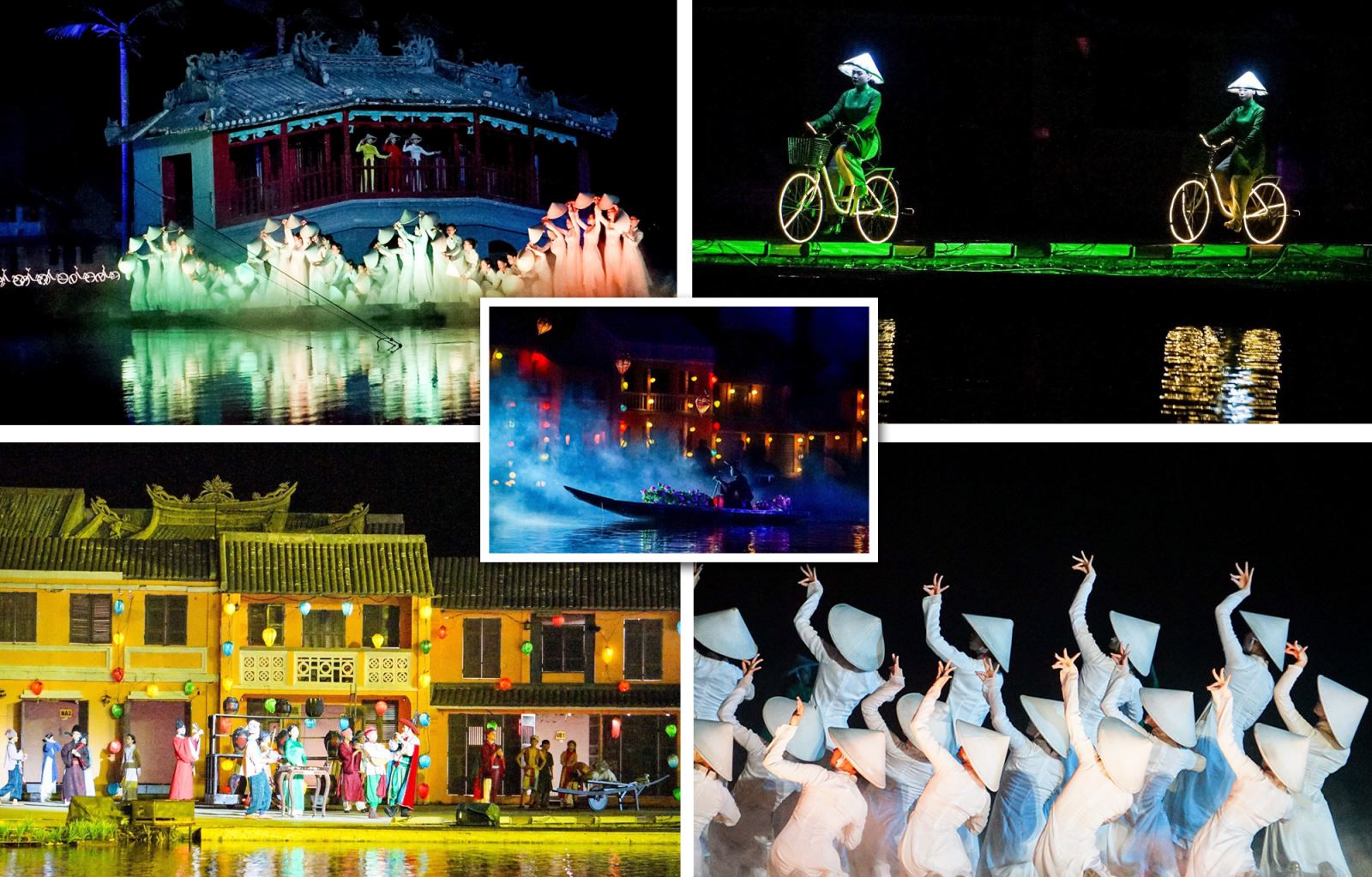
On the occasion of the 25th anniversary of Hoi An Ancient Town being recognized as a World Heritage Site (December 4, 1999 - December 4, 2024), the People's Committee of Hoi An City (Quang Nam) issued a plan to organize many commemorative activities from November 23 to December 4, 2024, notably including the talk show "Celebrity Dang Huy Tru with Hoi An", the talk show "Imprints on the journey of preserving and promoting the cultural heritage values of Hoi An Ancient Town"; photo exhibition "World Cultural Heritage Hoi An Ancient Town - 25 years of preservation and promotion", the contest "We with heritage"... The commemorative activities aim to comprehensively assess the results of management, preservation and promotion of the values of world cultural heritage; acknowledge the efforts to preserve heritage of the political system and people with the support of domestic and international friends; Honor and encourage organizations, individuals, and people of all walks of life to join hands in preserving cultural heritage; promote propaganda, introduce, and widely promote cultural heritage values.
25 years is a long journey with many efforts to preserve and promote heritage values. With the joint efforts of the community, government and international friends, Hoi An is not only the pride of the Vietnamese people, but also one of the cultural symbols of humanity. Timeless beauty, the harmonious blend of architecture and culture, and the constant efforts in preserving and promoting heritage values, have helped Hoi An always shine. Whether you come here for the first time or have returned many times, Hoi An always brings unforgettable emotions, a place for everyone to find peace, nostalgia and the good values of national culture.
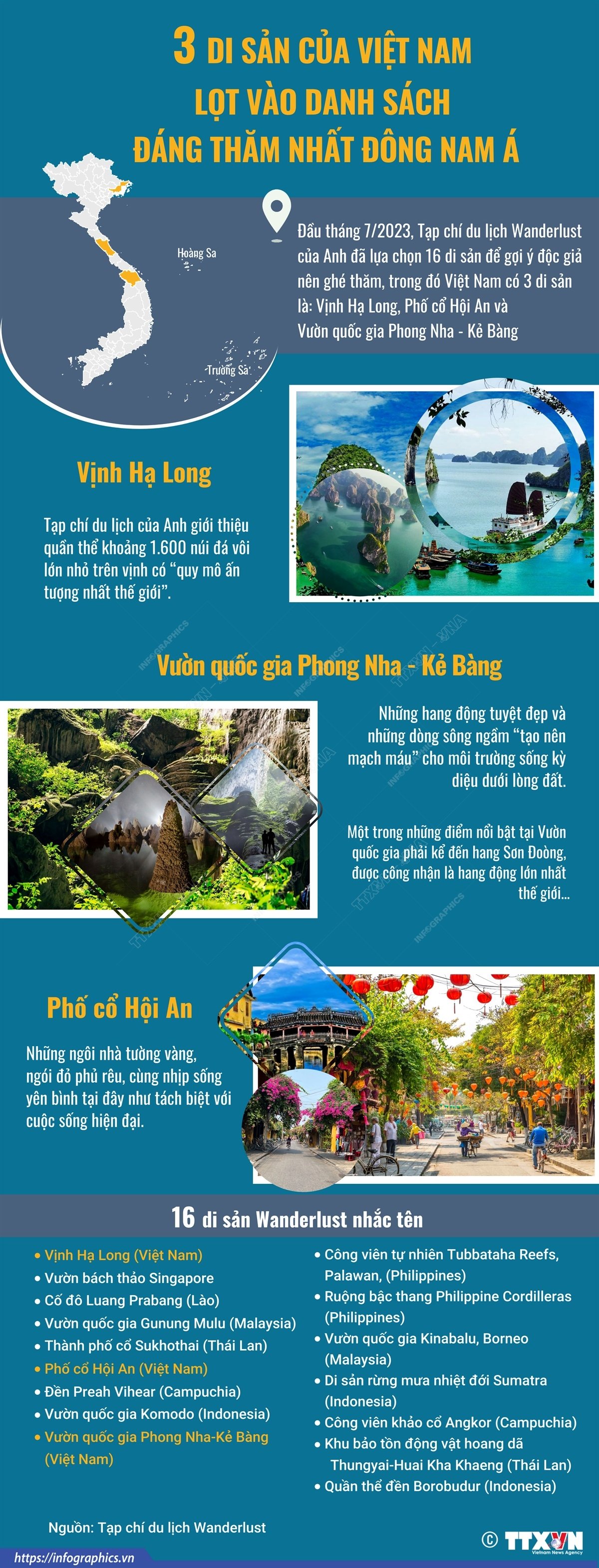
Article: Minh Duyen
Photo, graphics: VNA
Editor: Ky Thu
Presented by: Ha Nguyen
Source: https://baotintuc.vn/long-form/emagazine/hoi-an-noi-thoi-gian-ngung-troi-20241122224910013.htm


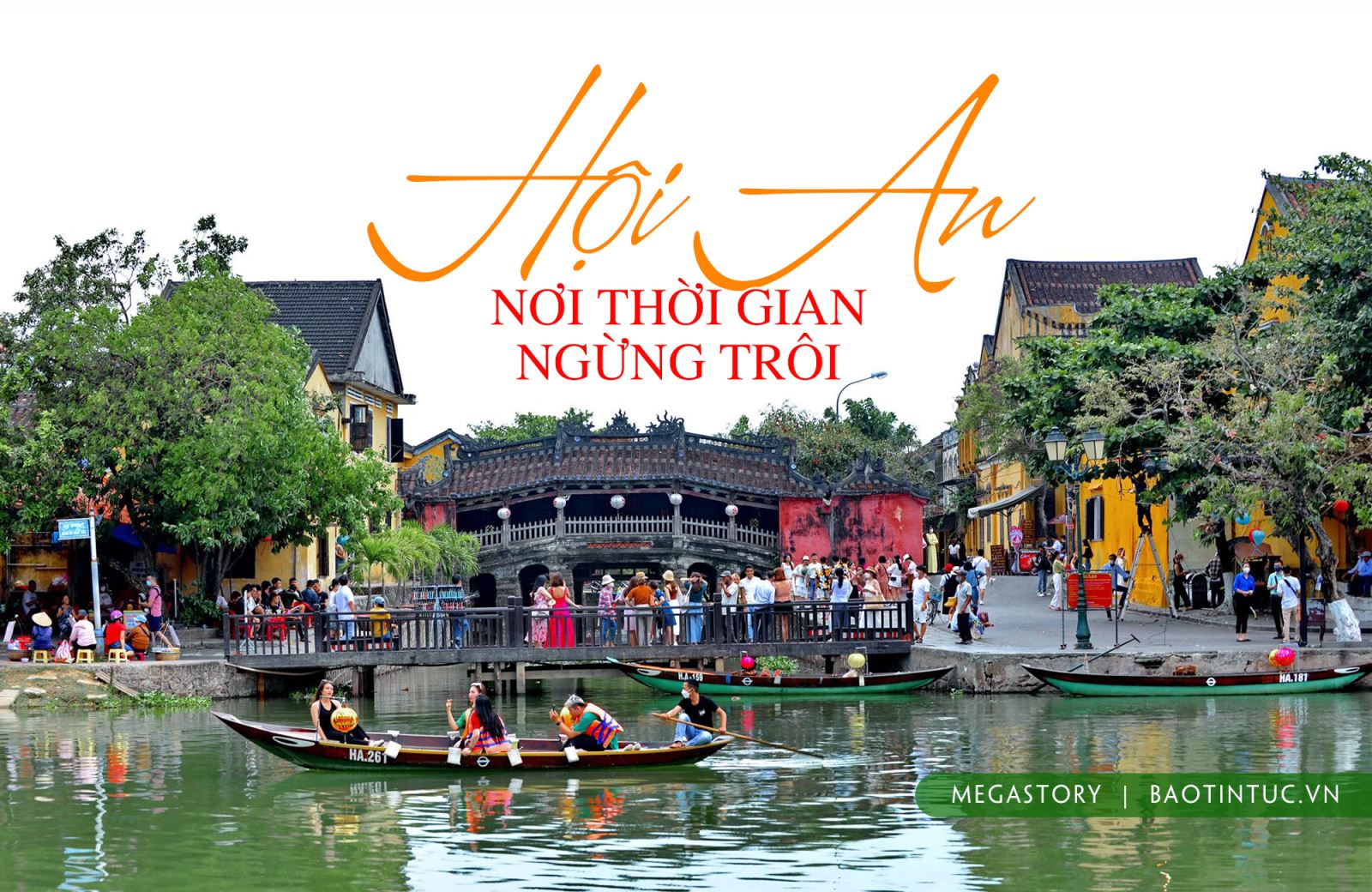
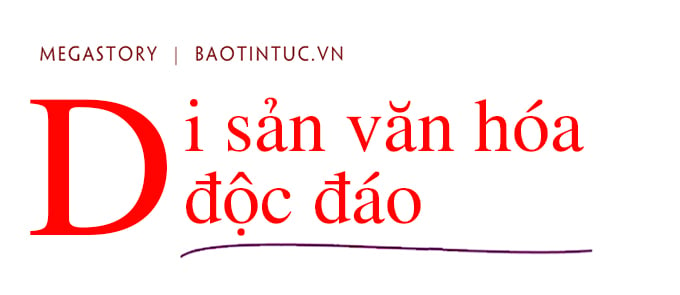
![[Photo] General Secretary To Lam receives Japanese Ambassador to Vietnam Ito Naoki](https://vstatic.vietnam.vn/vietnam/resource/IMAGE/2025/4/3/3a5d233bc09d4928ac9bfed97674be98)

![[Photo] Special relics at the Vietnam Military History Museum associated with the heroic April 30th](https://vstatic.vietnam.vn/vietnam/resource/IMAGE/2025/4/3/a49d65b17b804e398de42bc2caba8368)
![[Photo] Moment of love: Myanmar people are moved to thank Vietnamese soldiers](https://vstatic.vietnam.vn/vietnam/resource/IMAGE/2025/4/3/9b2e07196eb14aa5aacb1bc9e067ae6f)

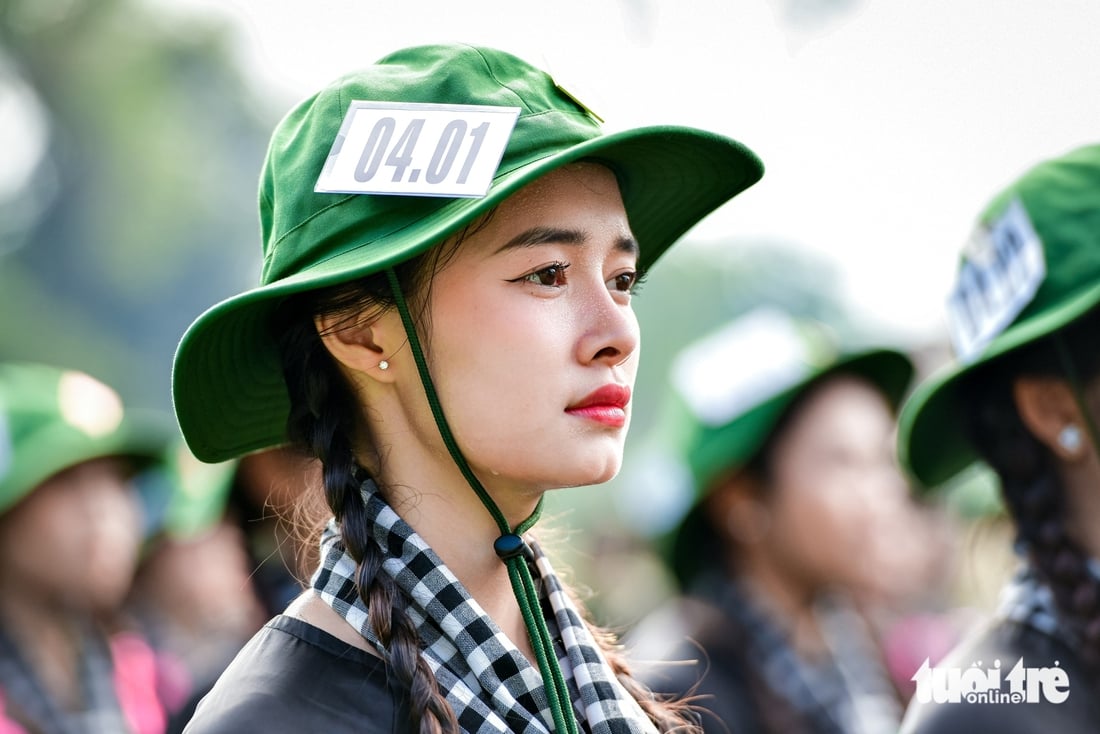


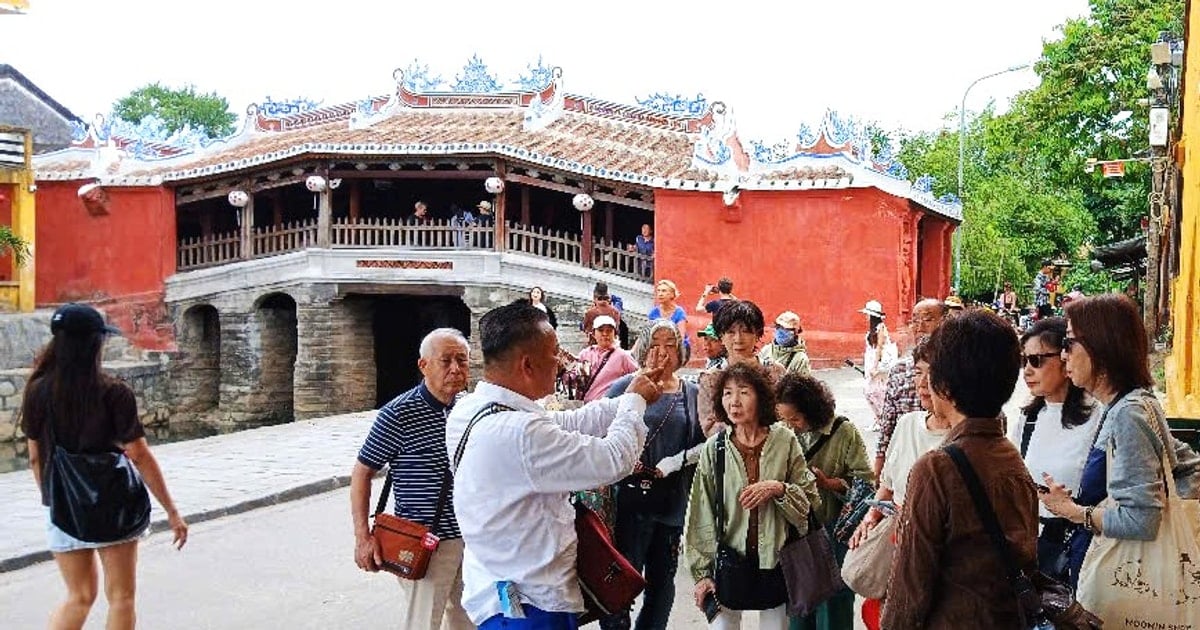


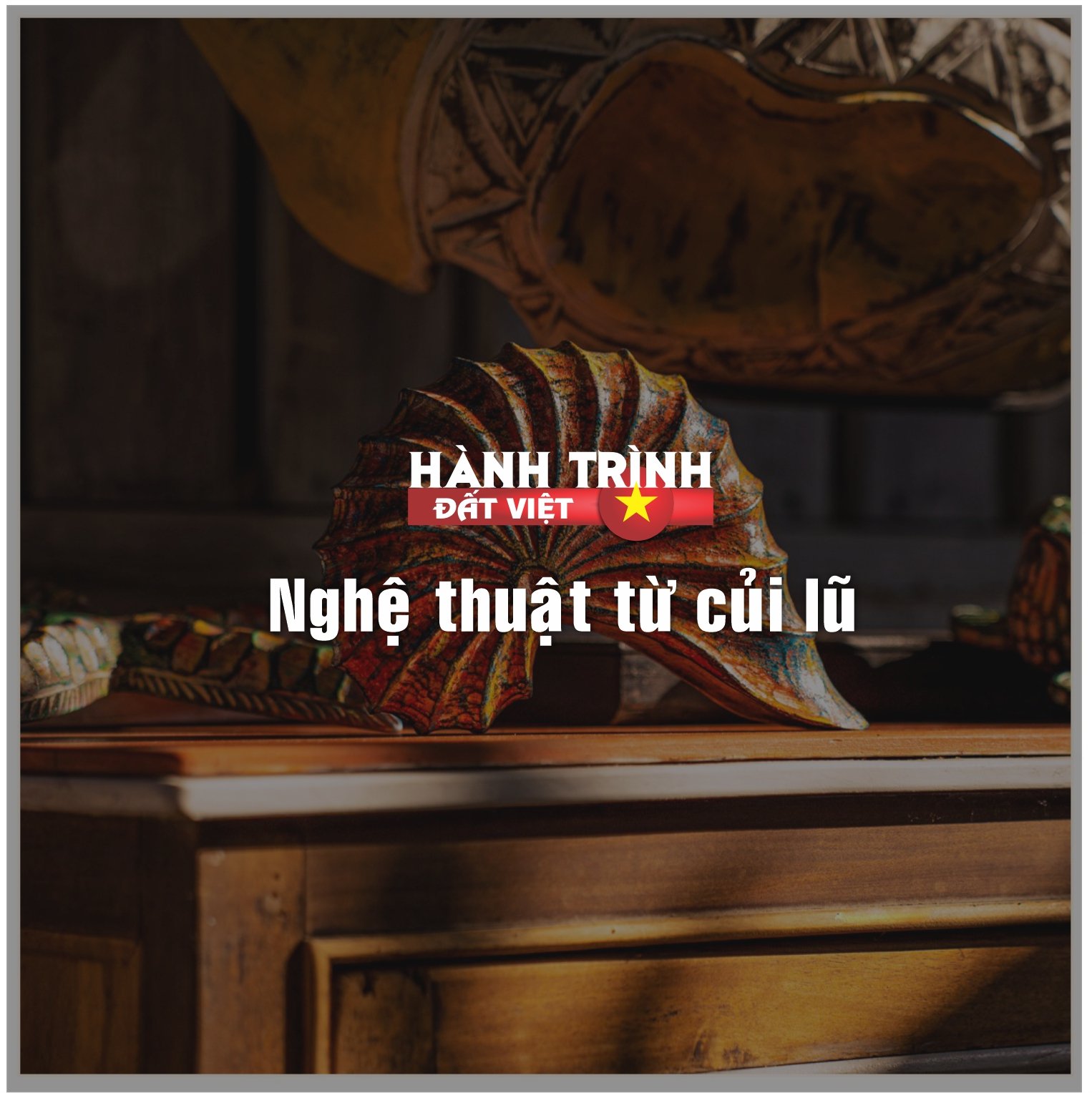

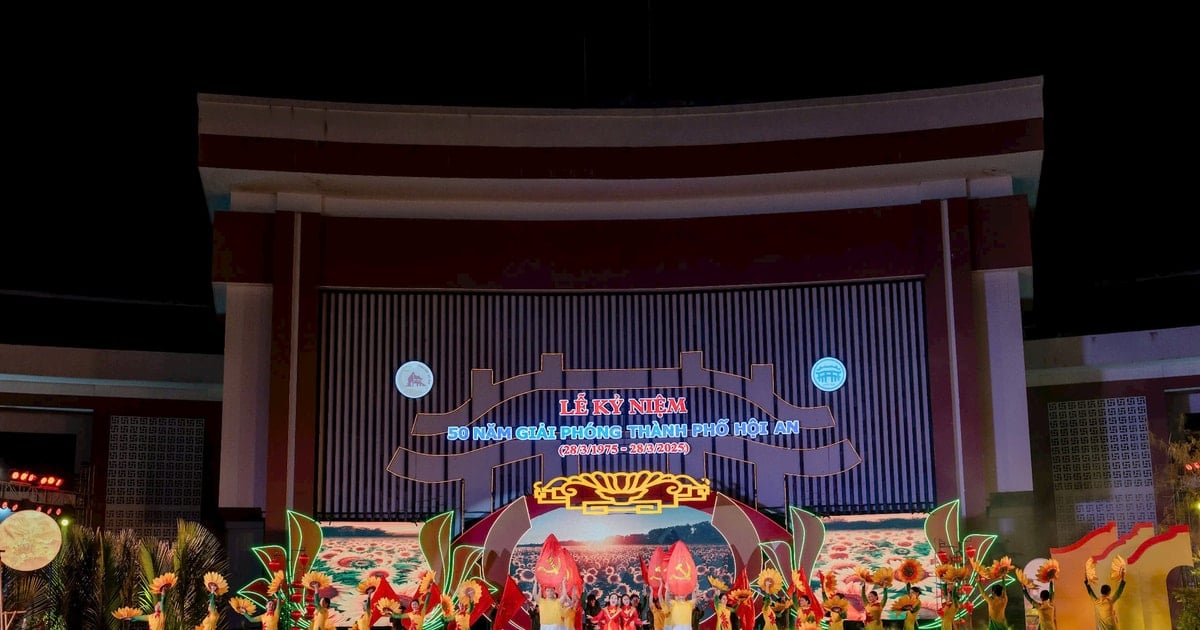
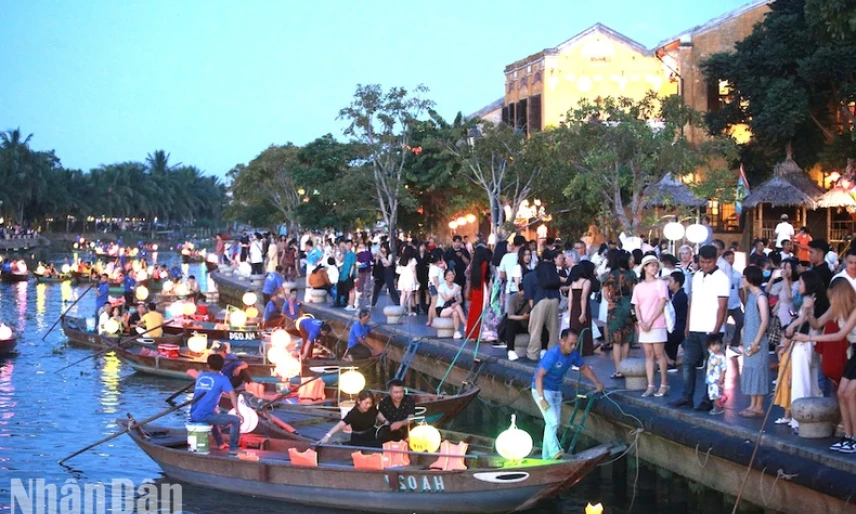




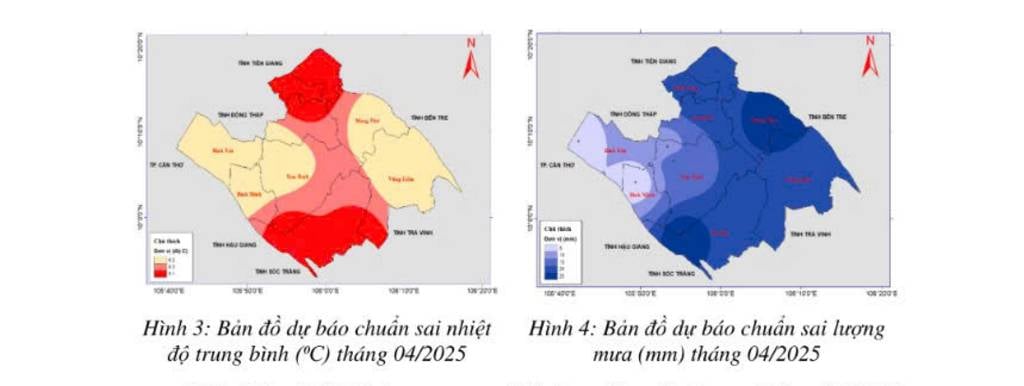
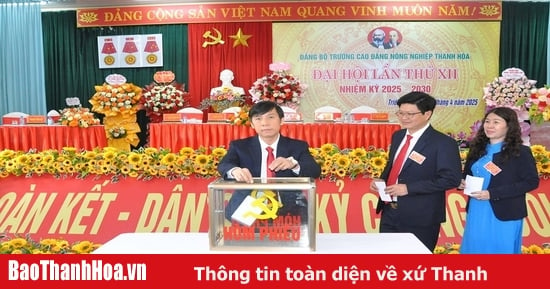
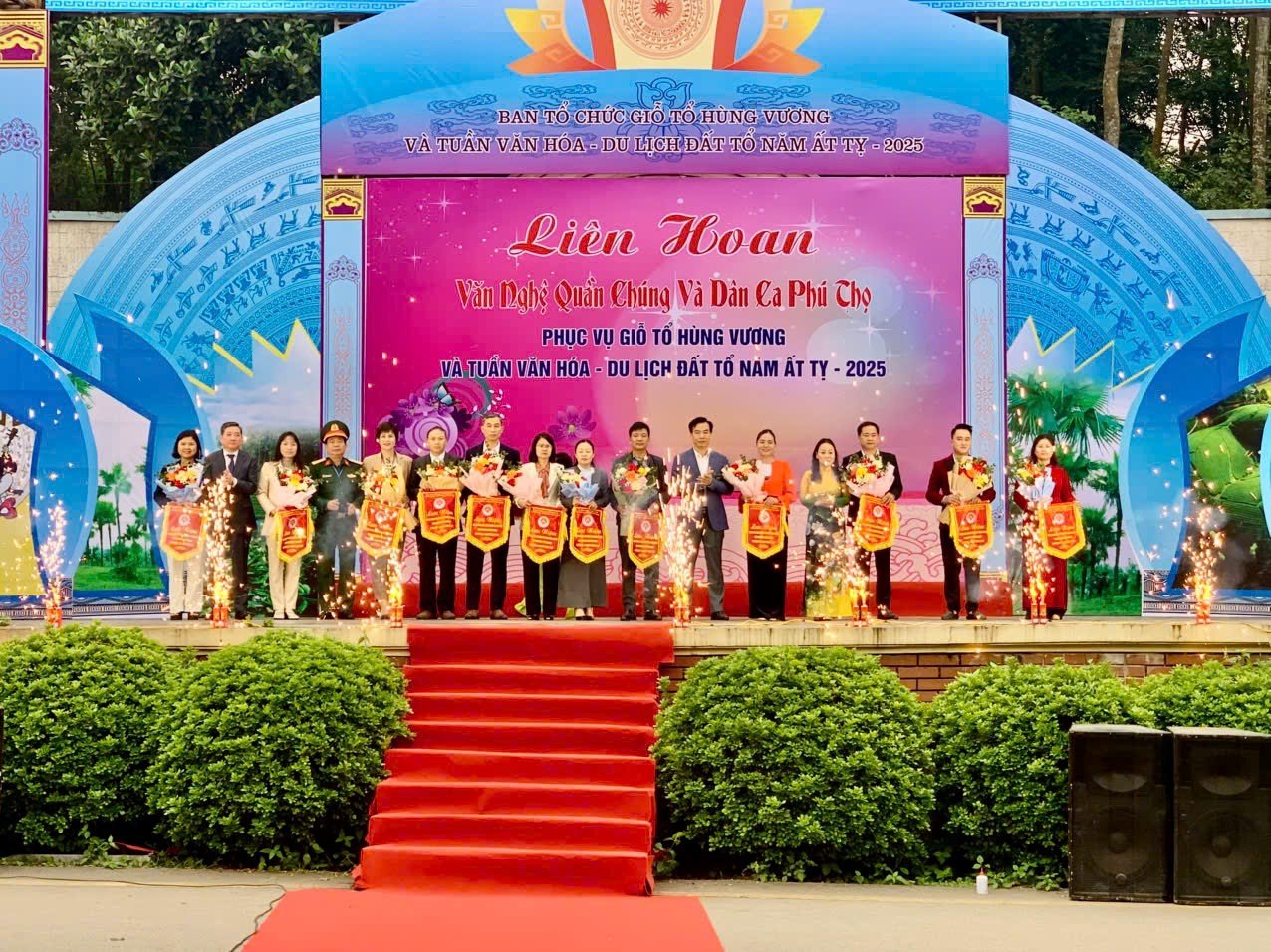




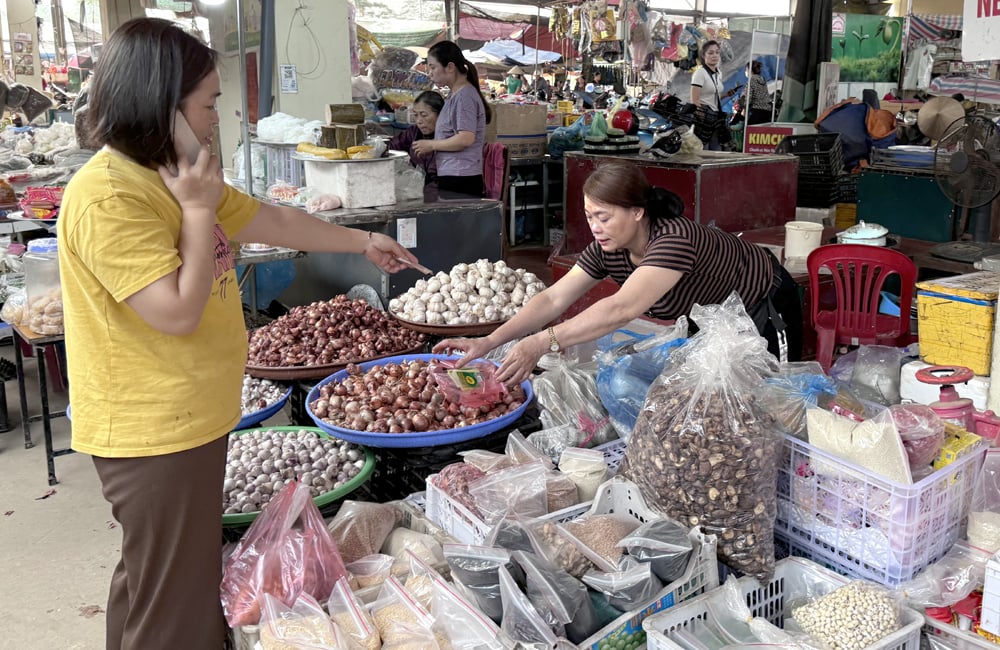
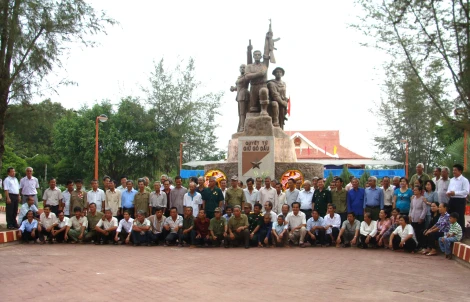
![[Podcast] News on March 24, 2025](https://vstatic.vietnam.vn/vietnam/resource/IMAGE/2025/4/3/f5fa1c3a9ae14d4590ac6965d233586b)
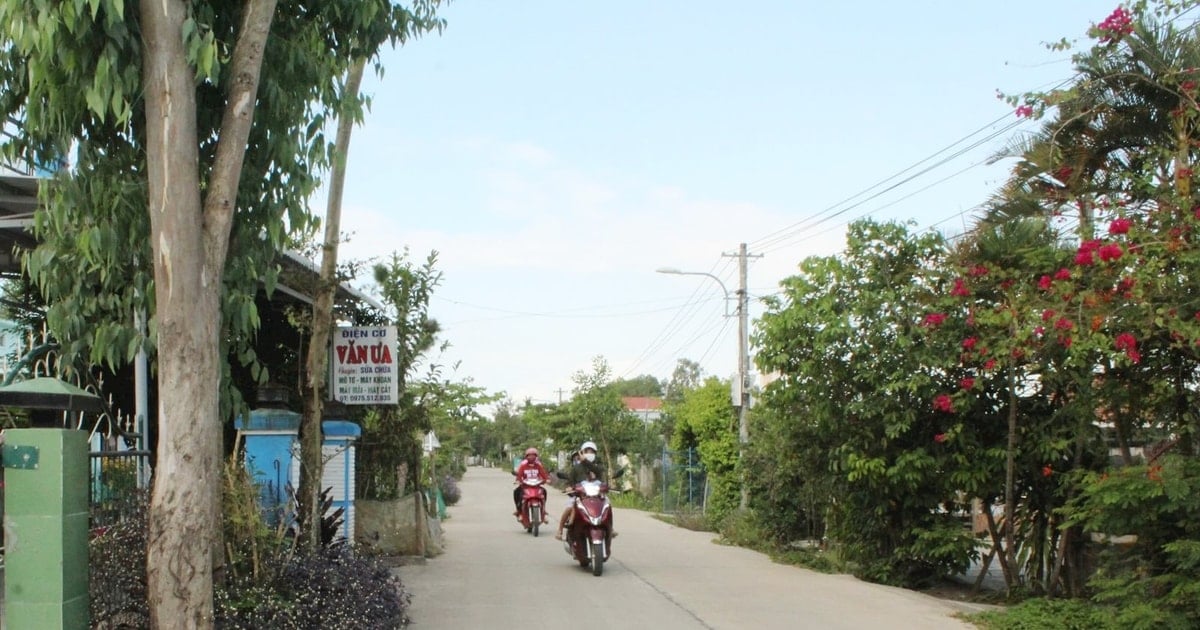
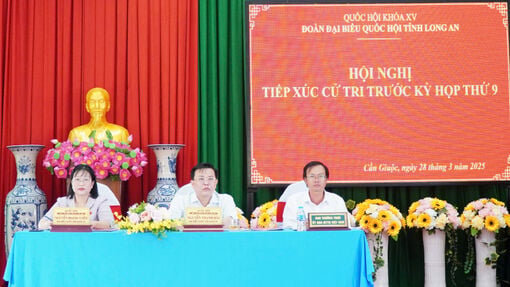





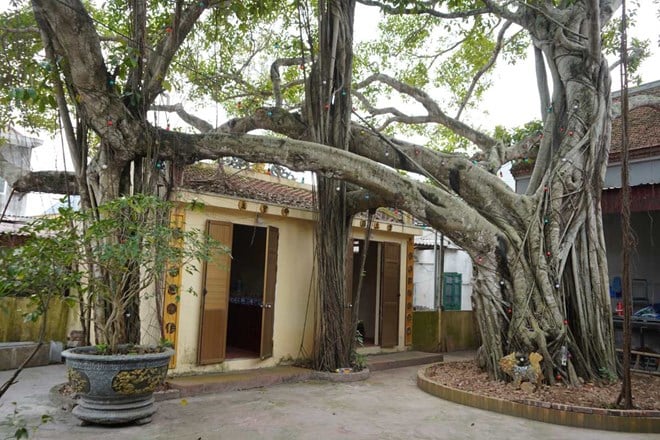

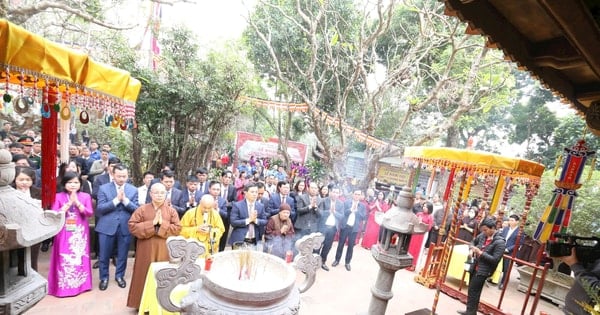



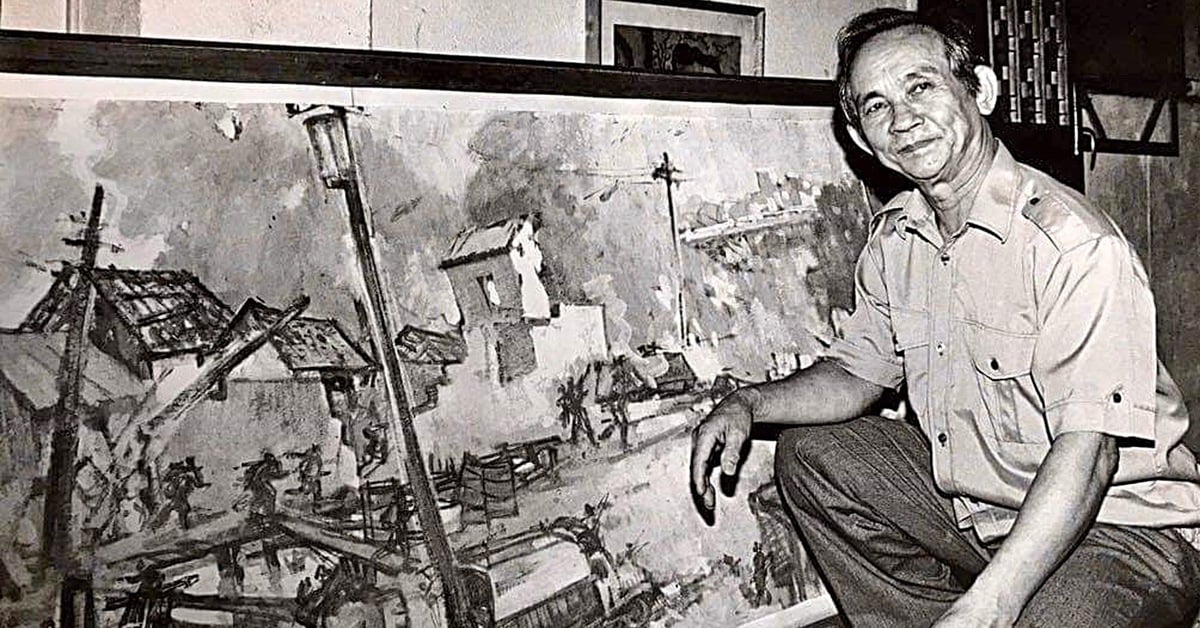







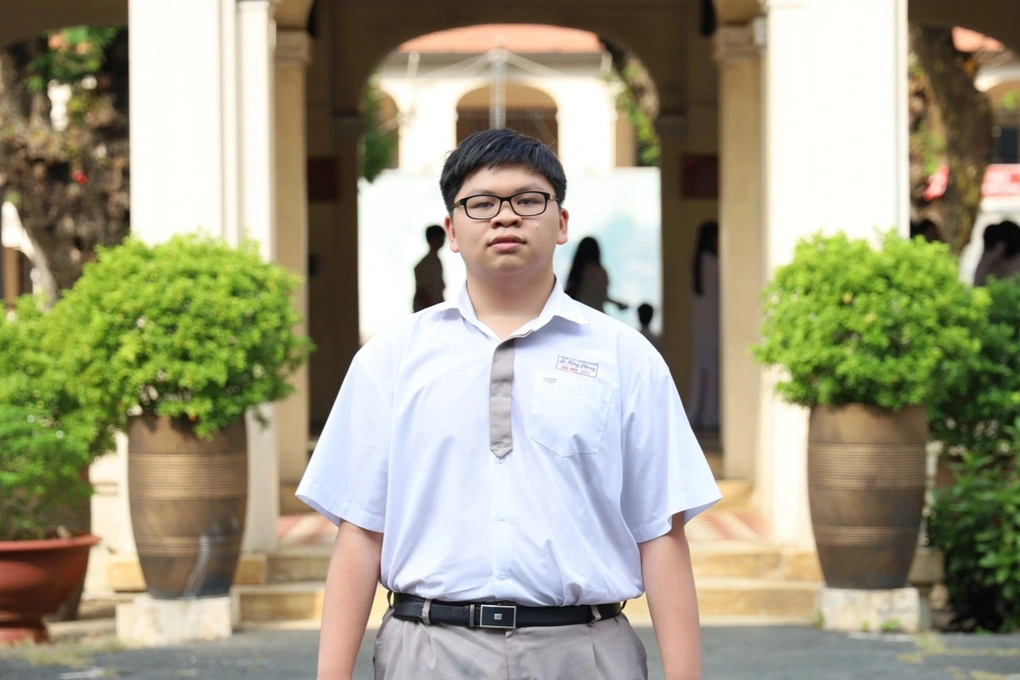









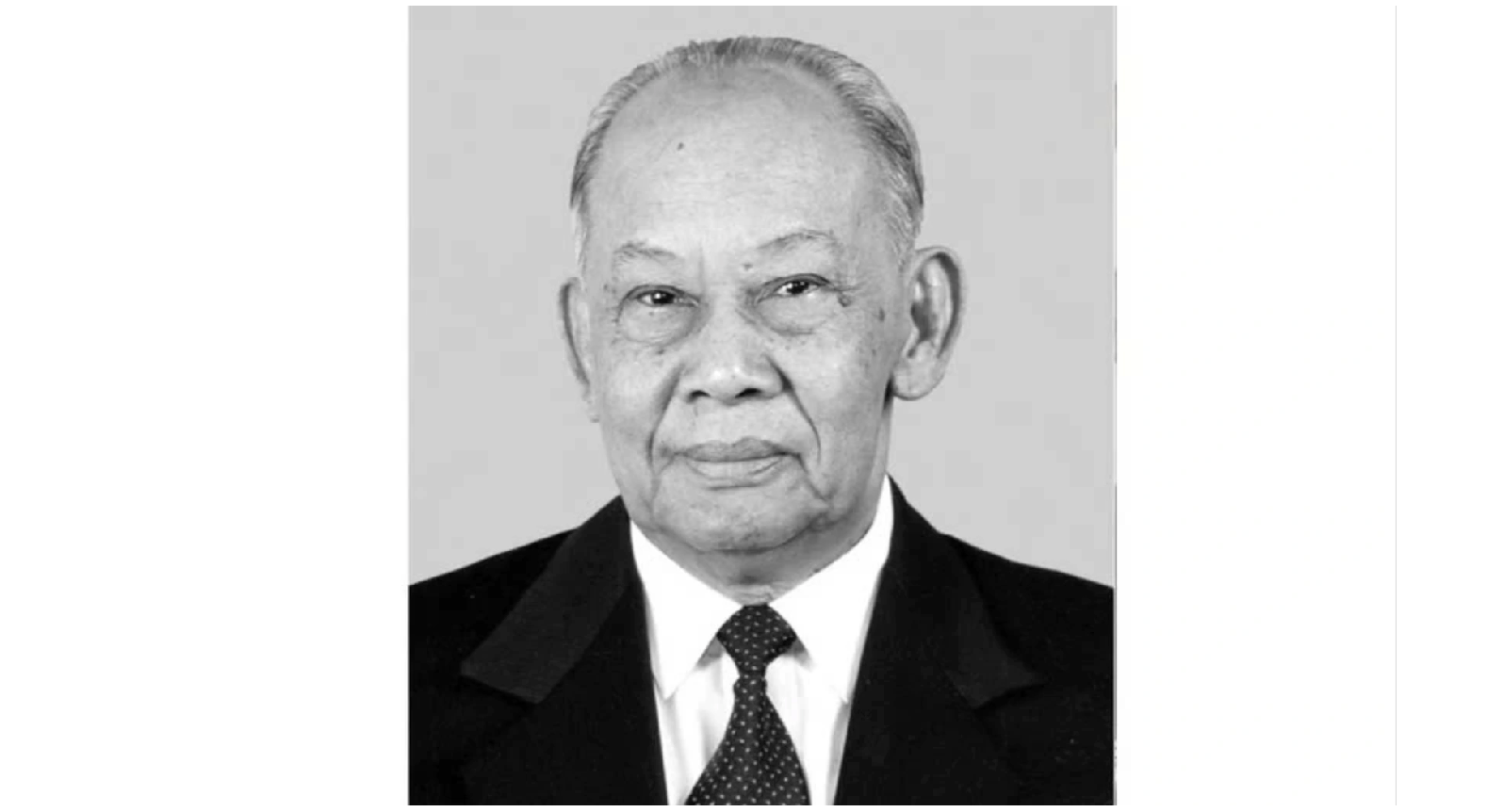











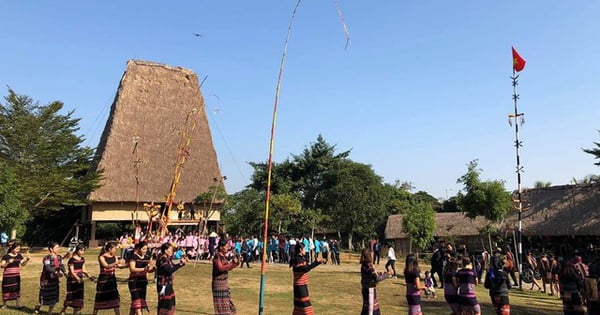

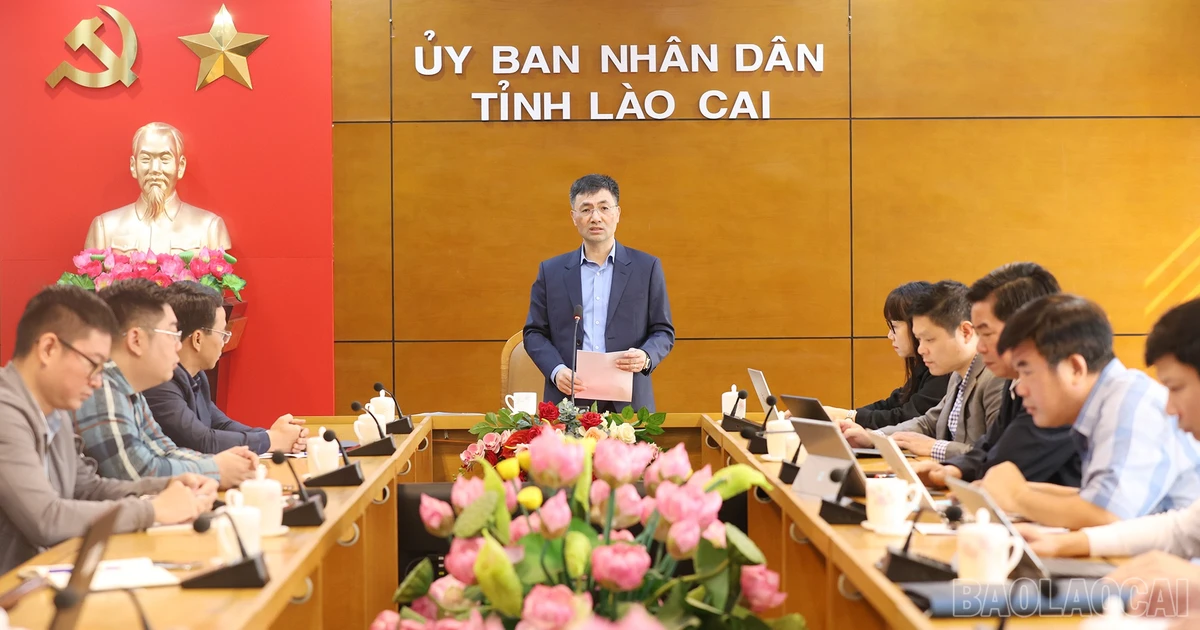















Comment (0)